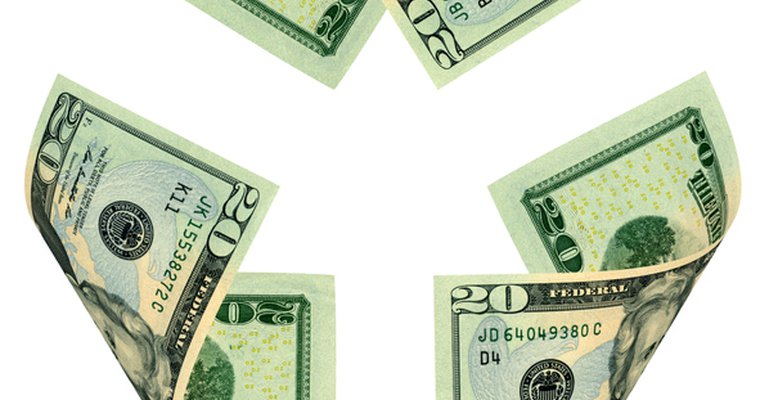


ATM cash deposits are on the rise in the U.S. When you start seeing strong deposit levels, that is a signal the environment is ripe for closed-loop recycling.

By Thomas Schulze, vice president of systems for the Americas, at Diebold Nixdorf
Here's a topic that always seems to be "coming soon" to the North American market: cash recycling at ATMs.
A cash recycling ATM does something regular ATMs can't — it enables cash that has been deposited to be dispensed in future transactions. This reduces the costs and improves the efficiency of a bank's cash operations. It is also more secure, because you don't have to worry about someone coming in to collect or refill the cash in the machine as often.
Here is the big question: Is the U.S. finally ready to embrace cash-recycling ATMs? Some interesting signs are pointing to "Yes."
The culture of recycling
There are similarities around the globe in terms of how people bank, but there are also a few key differences that explain why some countries have implemented cash recycling more than others.
For one, interbank relationships are different in different countries. Person-to-person and person-to-business payments in Germany, Europe and Asia, for instance, have been simple to conduct for years — through the use of kiosks for bill pay, and teller transactions for person-to-person payments.
As a result, check use has never been as prevalent in these countries as it has in the U.S. Areas without heavy check use were thus one step ahead at the ATM. These machines could focus on cash and software-based transactions, without having to worry about check handling.
One behavior change that the U.S. can learn from is the way retailers in Europe and Asia modified their cash-drop processes once recycling technology arrived. They readily switched from dropping their night deposit in a bank's drop box to depositing it at a recycling ATM.
This behavior change enabled the cash-in required to drive daily dispensing — merchants fill the ATM; consumers empty the ATM. I believe retailers in the U.S. are ready to make that change, especially as modern ATMs are beginning to offer larger note capacity and the ability to accept large bundles, mixed bundles and direct crediting of cash to accounts.
Recent shifts in U.S. banking culture
It is worth mentioning that over the past 12-18 months, I've met with dozens of financial institutions of all sizes, and there is a clear trend toward increasing cash deposits at the ATM. My colleagues and I are seeing deposit increase rates of 20% or more. When you have these strong deposit levels, the environment is ripe for closed-loop recycling.
Another trend driving change is consumers' desire for new functions and additional withdrawal options beyond $20 bills. Finally, with new innovations in the marketplace, recycling technology can be paired with advanced software to create systems that decrease reliance on the switch. So there are new opportunities for efficiency and cost savings.
If you are interested, my colleagues and I explore these trends in detail in a recent webinar, "Busting Myths about Cash Recycling in the U.S."
Sign up now for the ATM Marketplace newsletter and get the top stories delivered straight to your inbox.
Privacy PolicySeptember 9-11, 2024 | Charlotte, NC